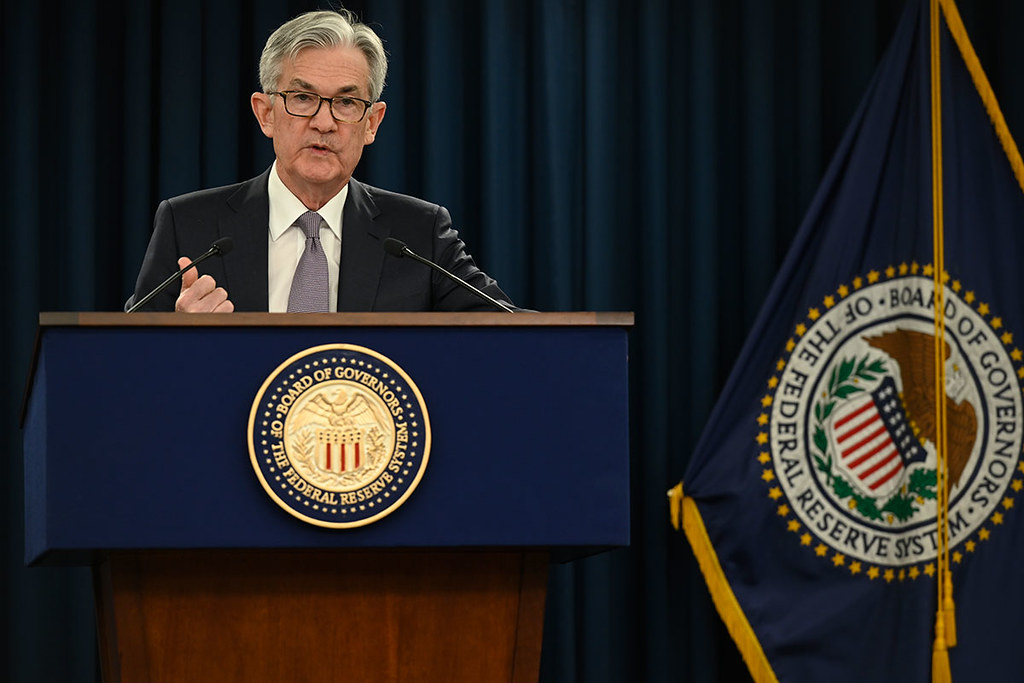You may have heard that the Fed is going to raise interest rates in the near future. If you don’t know much about the Fed, interest rates, or how the two affect the economy, that may not make much sense to you.
But it’s important to get some background into what’s going on, and why, as just about everyone is going to be impacted by the increase in interest rates sooner or later.
First, though, let’s set the stage.
Why the Fed is set to raise rates
We’ve just experienced a massive pandemic and economic upheaval. Millions of people have died, millions more have left the workforce, supply chains have been severely disrupted, and prices are on the rise (inflation is going up, in other words). While we’re all feeling the heat in one form or another, most people are seeing the prices for everyday goods and services increase substantially.
In January 2021, for instance, the CPI Index (which measures prices) was up more than 7%. That means that prices increased 7% between January 2020 and January 2021. Many people are seeing prices increase more than 7%, too, especially for things like gas, vehicles, and houses. That increase in the CPI Index is the fastest prices have risen since 1982.

Wages have gone up, too, but not enough to bridge the gap between the increase in prices. The average non-supervisory employee is earning nearly $27 per hour.

In short, people are earning more, but prices are rising faster. Things are becoming unaffordable. That’s a big problem. And one solution that the Federal Reserve has to tamper prices is to increase interest rates.
Raising interest rates should slow inflation
If you remember back to your economics classes, prices rise when there’s an increase in demand or a shortfall in supply. We, currently, have both. People are buying things, but supply chain problems and labor shortages have created a situation in which we don’t have all the things they want.
For example, people want to buy new cars, but a shortage of computer chips has led to a shortage of new cars. As such, prices have increased. We’ve long had a shortage of new homes in the U.S., too, and the pandemic has exacerbated that issue (slowing construction down, for one), and causing a similar rise in home prices.
To make big purchases like cars and homes, most people borrow money. Interest rates have been at zero for a while, meaning that it’s very cheap to borrow, and therefore, cheaper to buy a home or a car. Interest rates were so low because the economy was, previously, in a perilous state, and the Fed wanted to give people an incentive to make purchases—when they make purchases, people need to go to work manufacturing and selling things, creating jobs.
But now we’re in a situation in which the Fed needs to stifle demand—and one way to do that is to increase the cost to borrow money. So, if and when the Fed does increase interest rates, it’ll mean that it’s more expensive to buy a car or a home, and some people, as a result, won’t buy one.
That reduces demand, and should, as the Fed hopes, slow down price increases.
Of course, there are likely to be other consequences, too. It could plunge the economy into a recession, for instance. But given how fast prices are rising, the Fed appears to think that the rewards outweigh the risks.
What else you should know
While inflation has been very high as of late, it’s important to note that some inflation is perfectly normal, and perfectly healthy. In fact, the Fed aims for 2% inflation per year. And if it raises interest rates to even 5% (which is unlikely in the near term), that’s still relatively low—right before the 2008 financial crisis, rates were above 5%. And back in the 1980s, they were as high as 19%.

So, small, incremental interest rate hikes aren’t uncommon, and by themselves, may not have a huge effect on the economy. It’ll depend on how high the Fed wants to raise rates before we know what the outcome will be.
Most experts do think that supply chain issues, snarled by the pandemic, should work themselves out over the course of the year, which should bring relief to consumers. But we’ll still have a shortage of homes and other goods that consumers will demand going forward—something not as easily fixed as raising interest rates.
Some people are definitely feeling the squeeze of higher prices, but it’s important to realize how unique of an economic situation we find ourselves in. In all likelihood, we’ll return to a more “normal” state with time, especially as we learn to live with the effects of the pandemic.
Unfortunately, there isn’t a lot that most people can do about inflation or rate hikes, except use it as a learning experience.
Like what you see? Get more content sent directly to your inbox! Sign up for the Money Vehicle Movement Newsletter!
More from Money Vehicle:









